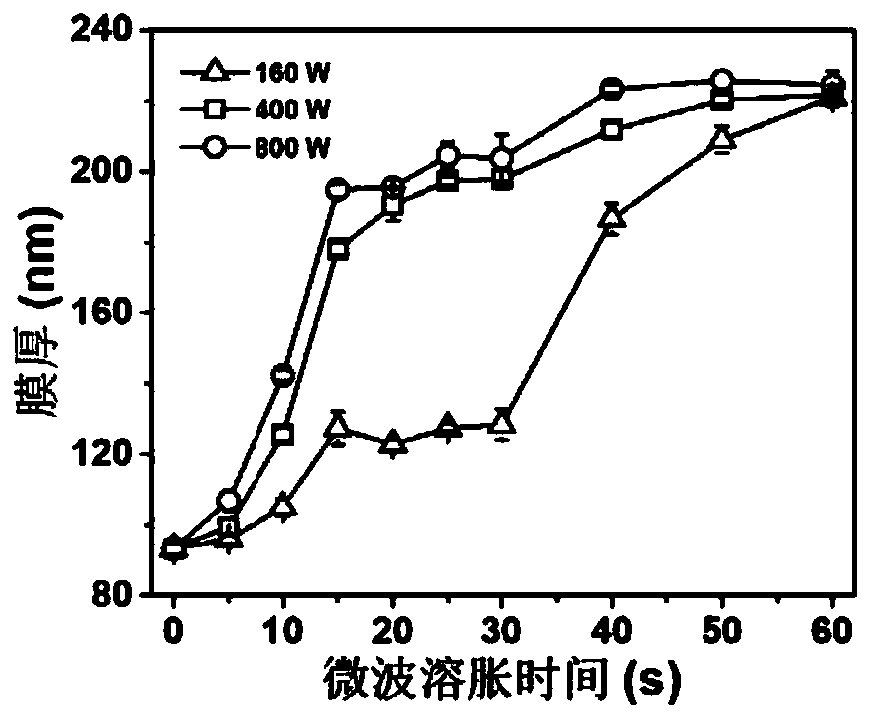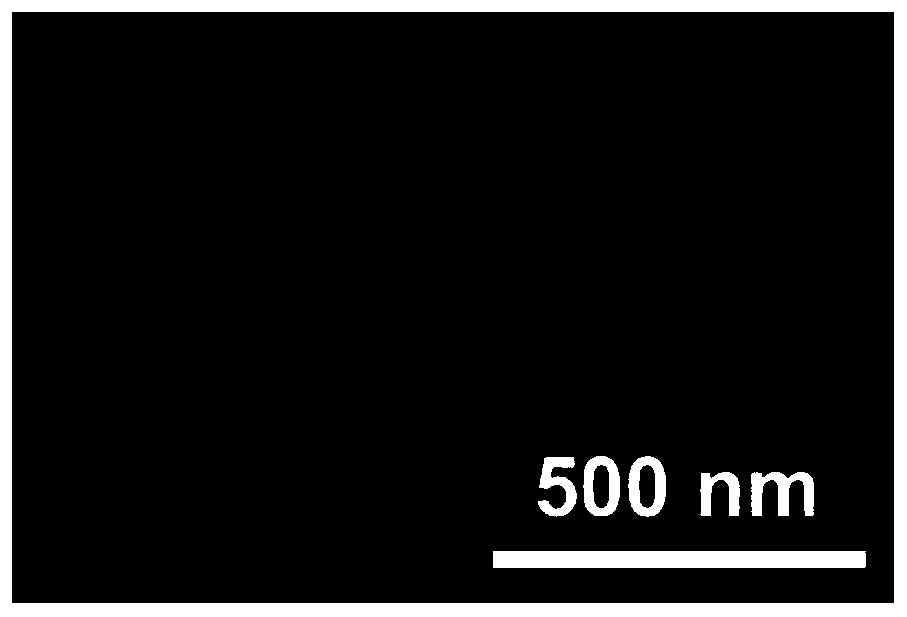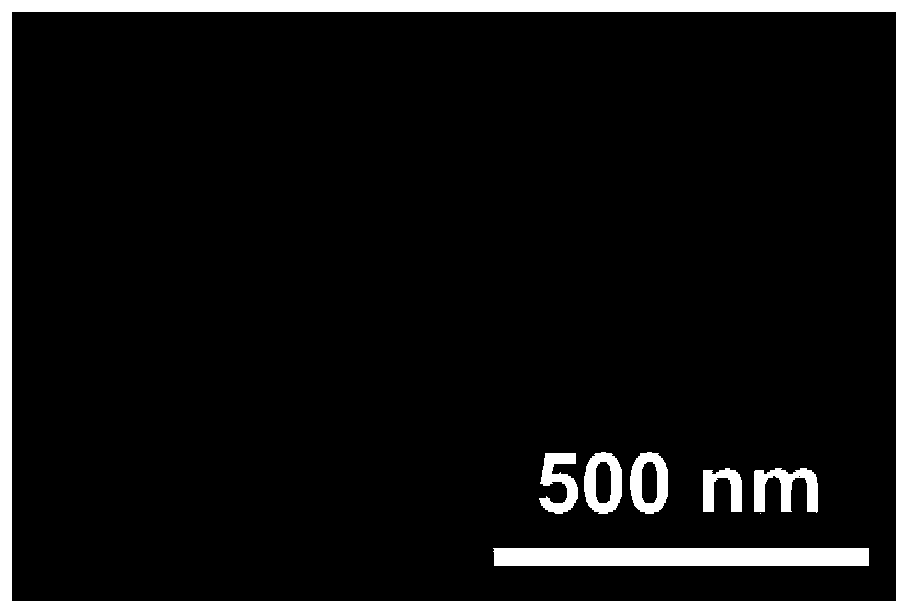Microwave-enhanced selective swelling pore-forming method for separation membrane
A selective and membrane-separating technology, applied in chemical instruments and methods, semi-permeable membrane separation, membranes, etc., can solve problems such as high temperature and time-consuming, and achieve the effect of simple preparation method and improved membrane production efficiency
- Summary
- Abstract
- Description
- Claims
- Application Information
AI Technical Summary
Problems solved by technology
Method used
Image
Examples
Embodiment 1
[0059] 0.02gPS 55 -P2VP 18.5 The block copolymer was added to 2 g of chloroform solution and fully stirred to dissolve, and the prepared polymer solution was filtered with a filter head with a pore size of 200 μm to remove large particles of impurities; 70 μL of the above solution was spin-coated on the silicon wafer substrate at 2000 rpm for 60 seconds, and then Place it in an oven at 60°C for 3 hours to completely volatilize the solvent to obtain a dense block copolymer film; immerse the film in a container containing ethanol and treat it under 400W microwave conditions for 25s, and take out the film immediately after microwave treatment , placed to dry at room temperature.
[0060] figure 2 It is the SEM image of the surface of the porous block copolymer film prepared in this example. It can be seen from the figure that after 400W microwave treatment for only 25s, the surface of the film presents a low-level double continuous channel structure, and the film opening rate ...
Embodiment 2
[0063] 0.02gPS 55 -P2VP 18.5 The block copolymer was added to 2 g of chloroform solution and fully stirred to dissolve, and the prepared polymer solution was filtered with a filter head with a pore size of 200 μm to remove large particles of impurities; 70 μL of the above solution was spin-coated on the silicon wafer substrate at 2000 rpm for 60 seconds, and then Place it in an oven at 60°C for 3 hours to completely volatilize the solvent to obtain a dense block copolymer film; immerse the film in a container containing ethanol and treat it under 400W microwave conditions for 40s, and take out the film immediately after microwave treatment , placed to dry at room temperature.
[0064] image 3 It is the SEM image of the surface of the porous block copolymer film prepared in this example. It can be seen from the figure that after 400W microwave treatment for only 40s, the film surface presents a high degree of double continuous channel structure, and the film opening rate is ...
Embodiment 3
[0067] 0.02gPS 55 -P2VP 18.5 The block copolymer was added to 2 g of chloroform solution and fully stirred to dissolve, and the prepared polymer solution was filtered with a filter head with a pore size of 200 μm to remove large particles of impurities; 70 μL of the above solution was spin-coated on the silicon wafer substrate at 2000 rpm for 60 seconds, and then Place it in an oven at 60°C for 3 hours to completely volatilize the solvent to obtain a dense block copolymer film; immerse the film in a container containing ethanol and treat it under 800W microwave conditions for 25s, and take out the film immediately after microwave treatment , placed to dry at room temperature.
[0068] Figure 4 It is the SEM image of the surface of the porous block copolymer film prepared in this example. It can be seen from the figure that the surface of the film presents a high degree of double continuous pore structure after 800W microwave treatment for only 25s, and the opening ratio of t...
PUM
| Property | Measurement | Unit |
|---|---|---|
| Film thickness | aaaaa | aaaaa |
| Film thickness | aaaaa | aaaaa |
| Thickness | aaaaa | aaaaa |
Abstract
Description
Claims
Application Information
 Login to View More
Login to View More - R&D
- Intellectual Property
- Life Sciences
- Materials
- Tech Scout
- Unparalleled Data Quality
- Higher Quality Content
- 60% Fewer Hallucinations
Browse by: Latest US Patents, China's latest patents, Technical Efficacy Thesaurus, Application Domain, Technology Topic, Popular Technical Reports.
© 2025 PatSnap. All rights reserved.Legal|Privacy policy|Modern Slavery Act Transparency Statement|Sitemap|About US| Contact US: help@patsnap.com



